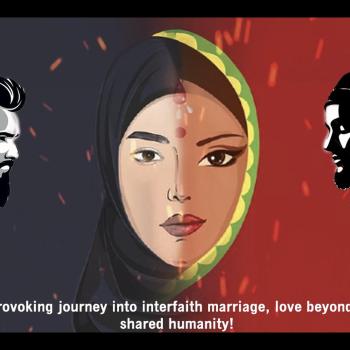:::page break:::
One part that I can discuss in-depth is his references to Ireland and "the Celts," often with little to no actual attention to their cultures or their myths given, much less to their individuality as separate cultures. On page 128, he suggests that the Phoenicians and their worship of Ba'al spread widely (which it did!), including (and in what follows, I have preserved Cerow's italicization to give you a hint of its excessiveness) "in Ireland, Britain, and northwestern Europe, there's an abundance of place names dedicated to Ba'al. Baal-y-gowan, Baal-y-Nahinsh, Baal-y-Castell, Baal-y-Moni, Baal-y-ner and Baal-y-nah [sic.] are a few found in Ireland. Signal Fires swayed in time to the rhythms of the distant Fires of Heaven." Unfortunately, this is entirely spurious; all of the Irish "Bally-" place names he mentions are from baile, "place, settlement," and are not spelled with a double "a" after the initial "b." He then goes on to connect the fires of Beltaine to Ba'al, and to do so he uses an extended account from the late 19th century by Lady Wilde (page 130—a source that is not exactly considered reliable, though on this particular point it is), wherein he states that the fires she describes on St. John's Eve took place on April 30th, the day before May Day/Beltaine, when in reality St. John's Eve is the 23rd of June, closer to Summer Solstice than to the Irish quarter-day of Beltaine. This "sounds-like-in-English" approach to etymology, while traditional in some cultures (including medieval Irish!), does not make for compelling historical arguments, and that is all the more a shame in the present instance.
The early Middle Irish glossary Sanas Cormaic defines Beltaine as being from the "fires of Bel," and many modern Pagans have assumed this means there is a "Celtic" (they don't usually say "Irish") deity named Bel, since it is known that there was a Gaulish deity called Belenus. Unfortunately, like so many other medieval Irish sources, Sanas Cormaic draws upon ancient classical and biblical notions of polytheism as much as it does upon actual native Irish traditions, and thus the "Bel" referred to here is from the Book of Daniel's story of Bel and the Dragon. Interestingly, Cerow mentions this biblical story as being important on page 137 of his book, but he is not aware that the influence of that Ba'al/Bel on Irish culture is not because the Phoenicians came to Ireland, but because Christianity came there and brought its Hebrew Bible stories with it.
It is even more lamentable that Cerow doesn't seem to be aware of the actual Irish literate tradition, and in particular its early medieval epic Táin Bó Cúailnge, which is the main tale featuring the martial hero Cú Chulainn. In it, amongst many other things, there is an apocalyptic and even cosmogonic battle between two bulls, themselves the reincarnations of two swineherds who have been fighting in different matched forms for generations of transmigration. Two bulls fighting for supremacy over one another would have been a perfect myth for Cerow's schema of interpreting myth and history as metaphors for the precession of the equinoxes from the Age of Gemini to the Age of Taurus in this case. Of course, the tale is said within the framework of Irish mythic or pseudo-history to have taken place around the turn of the era, in perhaps the first century C.E. (and thus the Age of Aries passing into the Age of Pisces), and was not given the written form in which it now exists until at least the 7th century C.E. (when the first hints of it occur), if not more like the 9th century, or even the 11th (which is the date of the earliest full manuscript of the tale). Even if this evidence could be "interpreted" as being relevant to those earlier millennia, nonetheless the historical realities of the text and the language and culture in it could not have been six thousand years old at their writing by any stretch of the imagination.
:::page break:::
Assuming that the "symbols" or "archetypes" in a myth are an indication of when the myth was created in terms of chronological and astronomical history is problematic, to say the least, and considering that a good deal of such scholarship has been done relating to the Mithraic cultus (with varying levels of acceptance), but that Cerow doesn't even allude to any of that, is also inconsistent and rather inadequate.
In addition to having a frustrating referencing system and a rather unorthodox attempt at a bibliography, and no index, the book also cuts off rather abruptly in terms of preparing itself for a future book that will then cover more of the Piscean Age and our present Age of Aquarius. Such an emphasis is put on observational astrology/astronomy throughout the text that depriving readers of things they can actually see now in the night's sky by lifting up their eyes (as Cerow so frequently encourages, and over-interprets when it appears in any myth) and usefully interpret for modern times is a little disappointing, to say the least.





